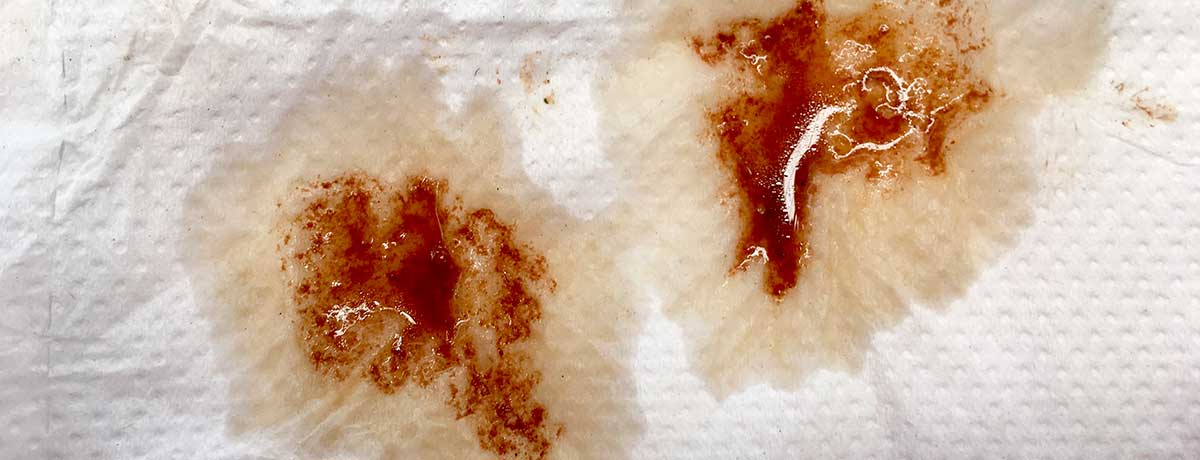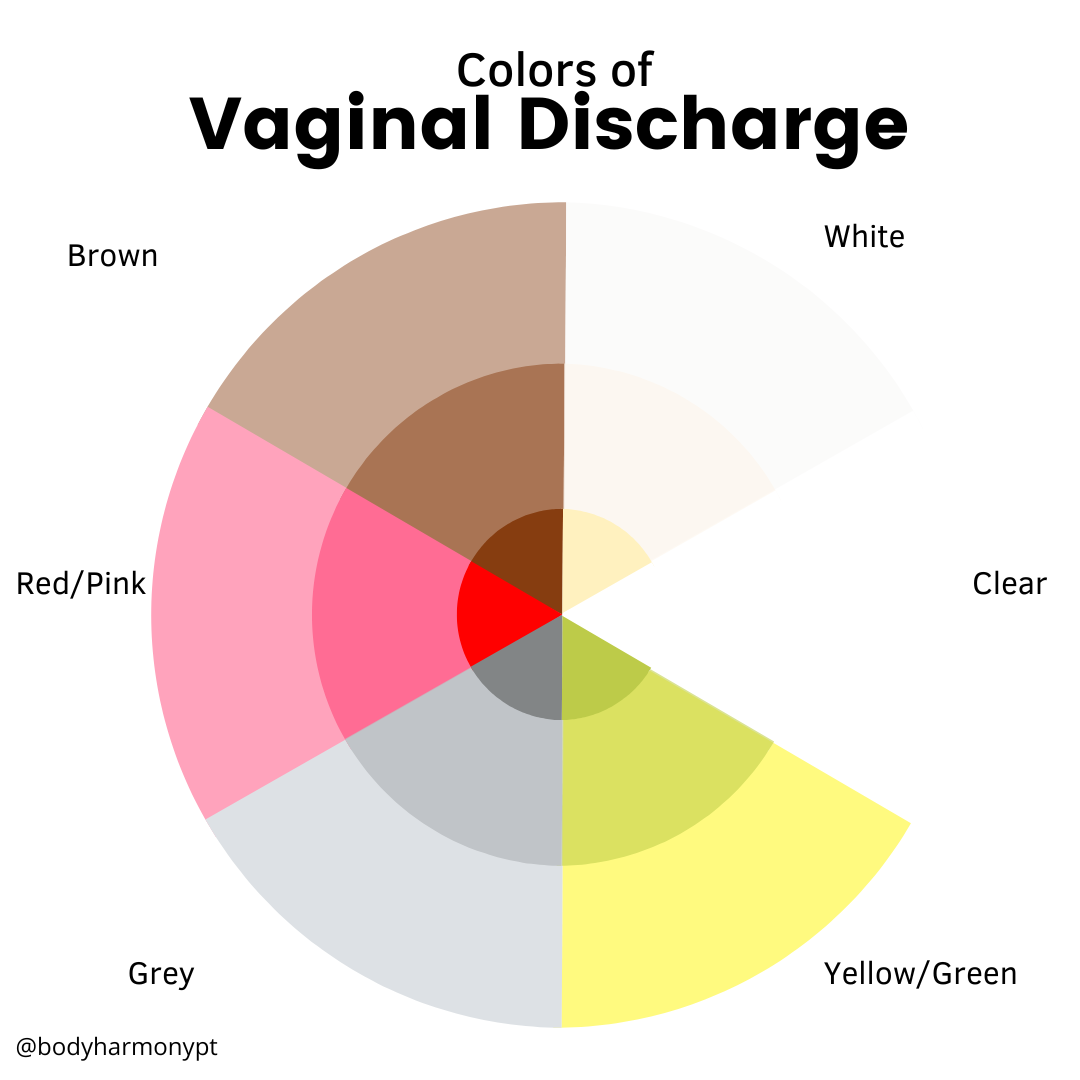Skin Care
Vaginal Discharge, Foul Smell or Itching: How to Identify Common Infections”
Experiencing vaginal discharge, foul odor, or persistent itching can be uncomfortable and worrying. These symptoms are common and often linked to vaginal infections, which can vary in type and severity. Whether it’s bacterial, fungal, or parasitic, understanding the differences in symptoms can help you identify the likely cause and seek appropriate care. This guide breaks down the key signs to watch for, empowering you to take charge of your health and find relief faster.

Different types of vaginal infection:
-
Bacterial Infections: The most common bacterial vaginal infection is bacterial vaginosis (BV). It often causes a thin, grayish-white discharge with a strong fishy smell, especially after sex. Women with BV may experience mild irritation, but itching is usually not a significant symptom. BV is often linked to factors like using antibiotics, douching, or other activities that upset the balance of healthy bacteria in the vagina.
-
Fungal Infections: Fungal infections, like yeast infections, are caused by an overgrowth of natural yeast in the vagina. They commonly lead to thick, white discharge with a texture similar to cottage cheese. The itching and redness are usually intense and can make everyday activities uncomfortable. Unlike BV, yeast infections don’t usually cause a strong odor, and the vaginal environment often remains at its normal acidity. Hormonal changes, diabetes, or recent antibiotic use can increase the chances of developing a yeast infection.
-
Parasitic Infections: Trichomoniasis is the most common parasitic vaginal infection. It’s sexually transmitted and often results in frothy, yellow-green discharge with an unpleasant, musty odor. This type of infection can cause moderate to severe itching, burning during urination, and pain during intercourse. Women with multiple sexual partners or unprotected sex are at higher risk for trichomoniasis.



Prevention Tips
- Avoid douching or using scented products in the genital area.
- Wear breathable cotton underwear.
- Practice safe sex by using condoms and limiting the number of sexual partners.
- Maintain good hygiene, but don’t overdo it with harsh soaps or cleansers.
- Do not take medications without prescriptions
When to Seek Help
While recognizing these symptoms can give you clues, it’s essential to see a healthcare provider for an accurate diagnosis. Vaginal infections often share similar symptoms, and lab tests can confirm the cause. Additionally, it’s possible to have more than one type of infection at the same time, making professional evaluation crucial.
CONCLUSION
Understanding these signs and differences can help you make informed decisions about your health. If you’re ever in doubt, don’t hesitate to consult a healthcare professional.
Monday to Friday :
9am – 8pm
Saturday:
10am – 7pm
Sunday:
10am – 6pm
